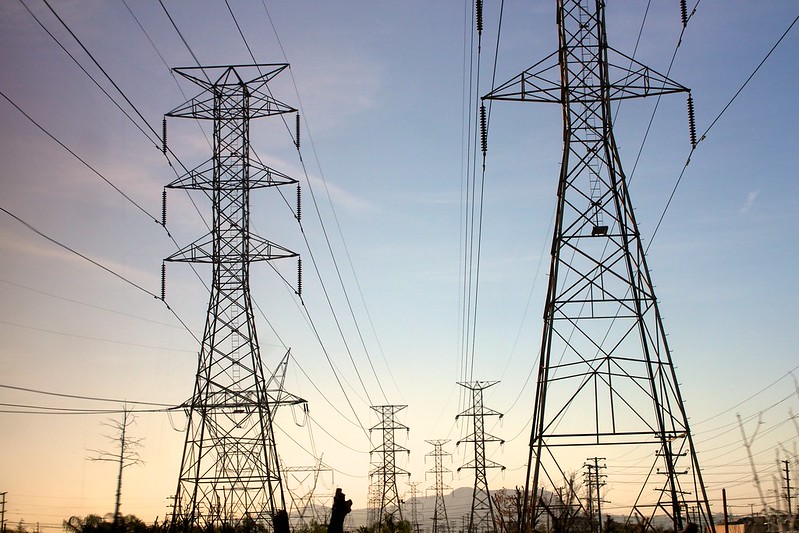The economic crisis facing Ecuador has reached an unprecedented setback in the country’s development. As part of this crisis, an old problem has become evident, which is the inability to cover the costs of basic services such as electricity. This problem is commonly called energy poverty.
This lack of access to energy, or energy poverty, is a reality that cannot be ignored.
What does “energy poverty” mean?
The term energy poverty lacks a single internationally accepted definition, as it depends very much on the regional and even local context.
In general, energy poverty is perceived as the inability of a household to meet its domestic energy demand. However, CELAC defines energy poverty in the region as “the insufficient fulfillment of energy needs considered necessary, in a particular territory and in relation to certain standards.”
Energy poverty in Ecuador
Although Ecuador has reached 100% electrification of the population as of January 2021, more than 66,380 families have had their services suspended due to lack of liquidity to cover the expense. There is no official updated data on the number of households with their electricity services shut off, but it is estimated that this number has at least doubled since the COVID pandemic was declared in early 2020.
A study published in 2019 by Quishpe et al. shows that this problem existed in Ecuador long before the pandemic. The data used in this study corresponds to 2014 and uses 3 indicators of energy poverty, following the methodology proposed by the European Union’s Energy Poverty Observatory (EPOV). The indicators are: hidden fuel poverty, disproportionate energy expenditure, and late payment of electricity bills.
The results show that fuel poverty plagues both urban and rural areas but, in absolute terms, affects households in rural areas the most. A total of 144,456 households, equivalent to 3.7% of households nationwide, suffer from conditions associated with fuel poverty, and about 8% of households have experienced conditions of energy poverty at least once.
When analyzing different groups by socio-demographic conditions, the results show that older adults are more likely to suffer from fuel poverty conditions as they are no longer of working age and are less likely to have a formal income. Similarly, single-parent or two-parent households with two or more children suffer from fuel poverty. The latter appear when analyzing the indicator of overdue electricity payments.
How does it affect the most vulnerable households?
As a long-standing problem that has deepened due to the current economic crisis, it can have profound implications for the most vulnerable segments of the population.
For example, high temperatures and humidity pose a daily problem in many homes along the Ecuadorian coast. This problem is accentuated in small homes with up to 10 people and no access to energy for home ventilation. On the other extreme, homes in the high parts of the Andes with temperatures close to 0o C that need firewood to keep warm also leave the energy impoverished vulnerable.
Proposal to follow
To solve this problem, it is necessary to quantify it and clearly identify households with energy poverty. To this end, access to robust and updated statistical data must be improved.
In the same way, it is important to review electricity tariffs in these vulnerable households and to create mechanisms that allow financing these families in times of crisis, such as those currently being experienced. Finally, it is necessary to establish a national strategy against energy poverty and thus contribute to local development in these vulnerable households.
Because the issue of energy poverty is latent, and therefore not directly obvious, it gets little attention in Ecuador. Before we can even begin to address the problem, it is crucial that we spread awareness.
Main image by Oran Viriyincy via Flickr- Creative Commons License (CC BY-SA 2.0).
About the author
Rafael Moya is an Ecuadoran geologist and research specialist with a master’s degree in climate change mitigation and adaptation as well as carbon management. His most recent degree is from the Politecnico di Torino (Italy).

